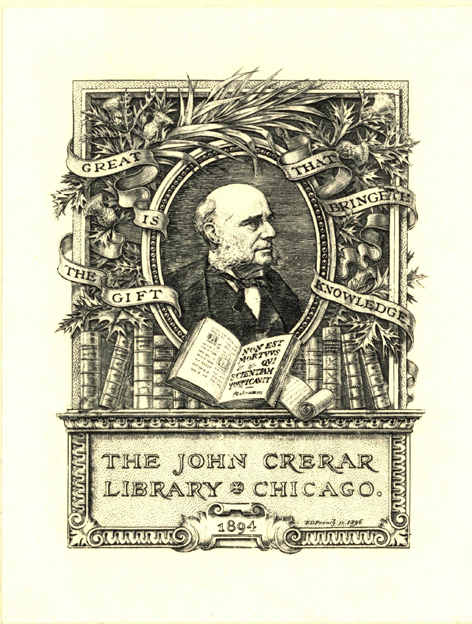Manual of adolescent substance abuse treatment /
| Edition: | 1st ed. |
|---|---|
| Imprint: | Washington, D.C. : American Psychiatric Press, c2001. |
| Description: | xi, 306 p. ; 23 cm. |
| Language: | English |
| Subject: | |
| Format: | Print Book |
| URL for this record: | http://pi.lib.uchicago.edu/1001/cat/bib/4510448 |
| Summary: | The terrible dangers of substance abuse are magnified during adolescence, when disrupting the development of critical physical, mental, emotional, and social skills magnifies the potential for physical and psychosocial harm. The three primary causes of adolescent mortality -- injury, suicide, and homicide -- are all associated with substance abuse. These distinguished contributors -- all with extensive hands-on clinical experience, and some with first-hand experience as recovering substance abusers -- combine the exceptionally complex theory with the practice of diagnosing, evaluating, and treating adolescents with substance abuse disorders. Using clinical case vignettes to illustrate the difficulty of daily care for substance-abusing adolescents, the authors also include practical advice on how to select the best treatment for these patients. A remarkably broad range of topics is presented: * Epidemiological data about incidence and prevalence in the general population; risk factors such as genetics, family/environment, and availability; specific drugs and routes of abuse, diagnosis using DSM IV criteria versus those of the chemical dependency community, and dual diagnosis* Role of the primary care physician, including techniques for diagnosis in the office or general hospital setting; the ideal evaluation, explaining how to compromise on cost while still ensuring quality care; effective treatment planning and case management* Inpatient (including methods to accommodate today's dramatically shorter stays) and outpatient (from daily hospital programs to weekly 12-step meetings) treatment settings and the often-controversial option of psychopharmacology* Spiritual (i.e., nontheological) treatment, which -- especially for adolescents -- enhances treatment outcomes; and family therapy, identifying beliefs and practices that predispose the adolescent patient to reinitiate or continue abusing drugs* Relapse management, emphasizing its usefulness in preventing future relapses and revealing other diagnoses for further treatment; and the developmental perspective, which determines the level of developmental arrest, enabling the clinician to design treatment on the patient's appropriate functional level* A practical and clinically integrated case vignette approach to reviewing the knowledge from previous chapters, in which readers analyze the clinical information, decide on treatment, and compare their results with the authors' actual treatment. This wide-ranging text details how to cope in this difficult and constantly evolving era of managed care in which cutting costs often takes precedence over providing appropriate patient care. With its clear prose and detailed case vignettes, this volume offers an extra dimension of knowledge and skill to students and clinicians alike, especially child psychiatrists, addiction specialists, pediatricians, family medicine physicians, drug abuse counselors, and social and juvenile justice workers. |
|---|---|
| Physical Description: | xi, 306 p. ; 23 cm. |
| Bibliography: | Includes bibliographical references and index. |
| ISBN: | 0880487127 |

